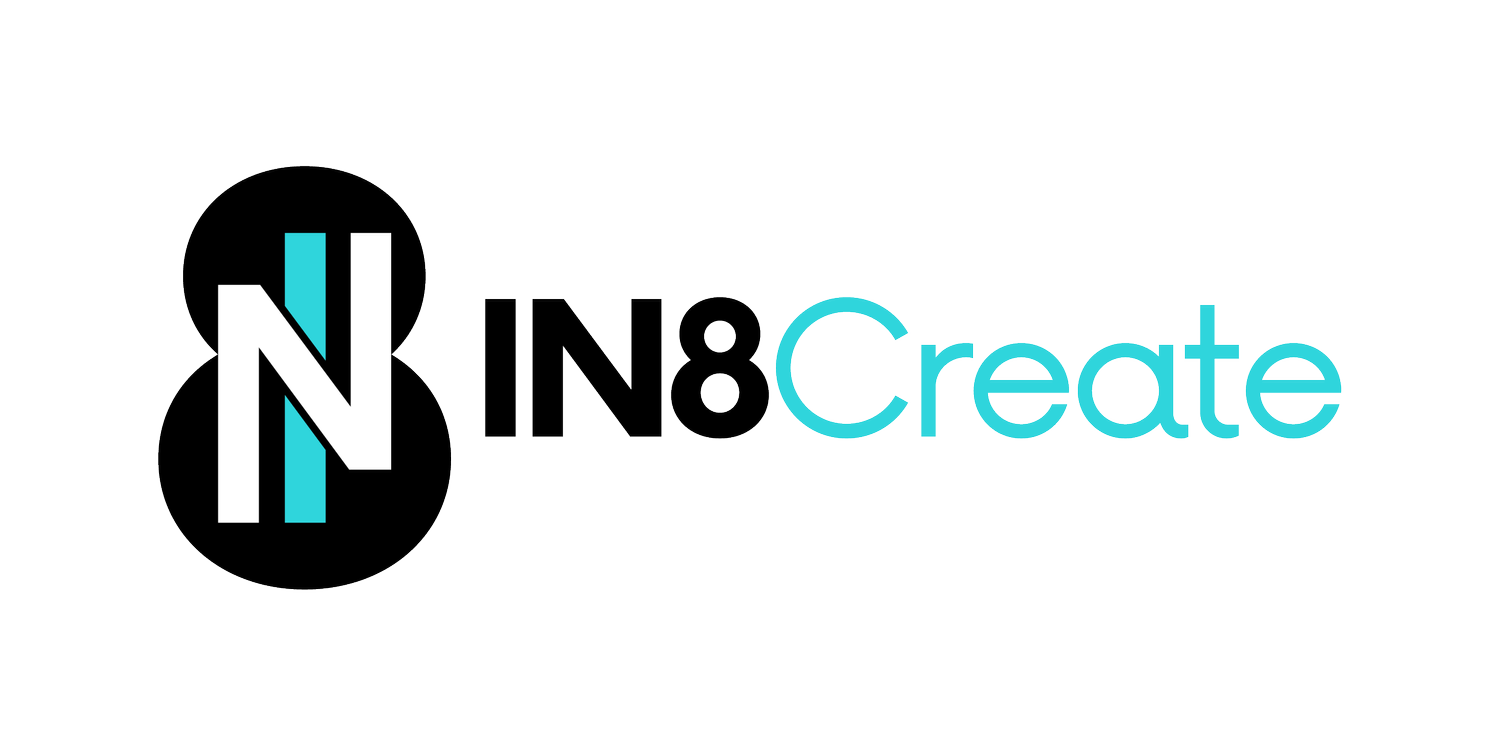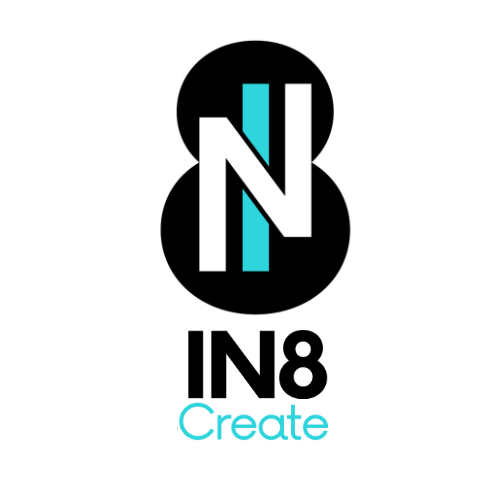Stop Treating AI Adoption Like a Light Switch
Instead Treat It Like A Journey
That cartoon hits different when you're watching companies everywhere scramble to "implement AI" without having any clue what that actually means.
Sound familiar? Your boss sends out a company-wide email: "We need to start using AI immediately." No context. No training. No strategy. Just... use the thing that might replace you. Good luck!
Meanwhile, your team is sitting there thinking: "Great. So I'm supposed to enthusiastically build my own replacement while pretending this is exciting professional development."
The Hammer Problem
Here's what's actually happening: Companies are handing everyone a hammer and asking them to treat everything like a nail. Then they're genuinely confused when productivity goes down instead of up.
I've had multiple friends and colleagues tell me AI is making their work HARDER. Seriously? The technology that's supposed to revolutionize everything is creating more friction, not less.
Why? Because "AI as a strategy" doesn't work. AI is a tool. A powerful one, sure, but still just a tool. And like any tool, it's only useful when you understand what problem you're trying to solve.
The Real Issues Nobody Talks About
Through our client work, we keep seeing the same three problems:
1. Safety concerns. Nobody wants the job of building their own AI replacement. Can you blame them?
2. Forced use without benefit. "You must use AI for everything" rarely leads to better outcomes. It leads to resentment and busy work.
3. Wrong tool, wrong guidance. If the tool sucks and the guidance sucks, of course the output sucks. Then everyone concludes "AI doesn't work" instead of "we're using it wrong."
How to Actually Fix This
Stop treating AI adoption like a light switch. It's a journey, and different people need different steps.
1. Get People's INPUT ASAP
What are they afraid of? What excites them? Where does your team even stand right now?
The key here: honest, unbiased opinions. Not "tell me you're excited about AI" feedback sessions. Real talk about real concerns.
2. Leverage Your Built-in Champions
Somewhere in your ranks, you have AI enthusiasts. Find them. Connect them to each other. Encourage them (with guardrails, obviously).
These people become your internal translators and success stories.
3. Meet People Where They Are
Think about the diffusion of innovation curve. You've got innovators, early adopters, early majority, late majority, and laggards.
Don't put the greens and reds in the same room expecting magic. They speak different languages. Create levels, maybe even pairings, so people can learn from others who think like them.
4. Make It Fun (Seriously)
Use AI for non-work stuff first. Finding discounts, telling jokes, planning weekend activities.
I personally designed Frau Brunhilde, a strict German woman who's my AI personal trainer. She's a force and absolutely hilarious. When people see AI can be playful and helpful without being threatening, they relax.
The Journey Approach
When we deliver AI adoption and integration programs, we definitely customize, but the core insight remains: this is a journey, not a destination. Different people need different steps.
Give them options. Give them room. Give them encouragement.
You'll get there.
But first, you have to stop pretending everyone should be at the same place at the same time. And you definitely have to stop making people afraid of the very tool you're asking them to embrace.
The right conversation isn't "How do we force everyone to use AI?" It's "How do we help people discover where AI actually makes their work better?"
Big difference. Better outcomes.
Tired of watching your AI implementation create more problems than it solves? We design AI adoption programs that meet teams where they are and help them discover what actually works. Because transformation happens through conversation, not mandate.



